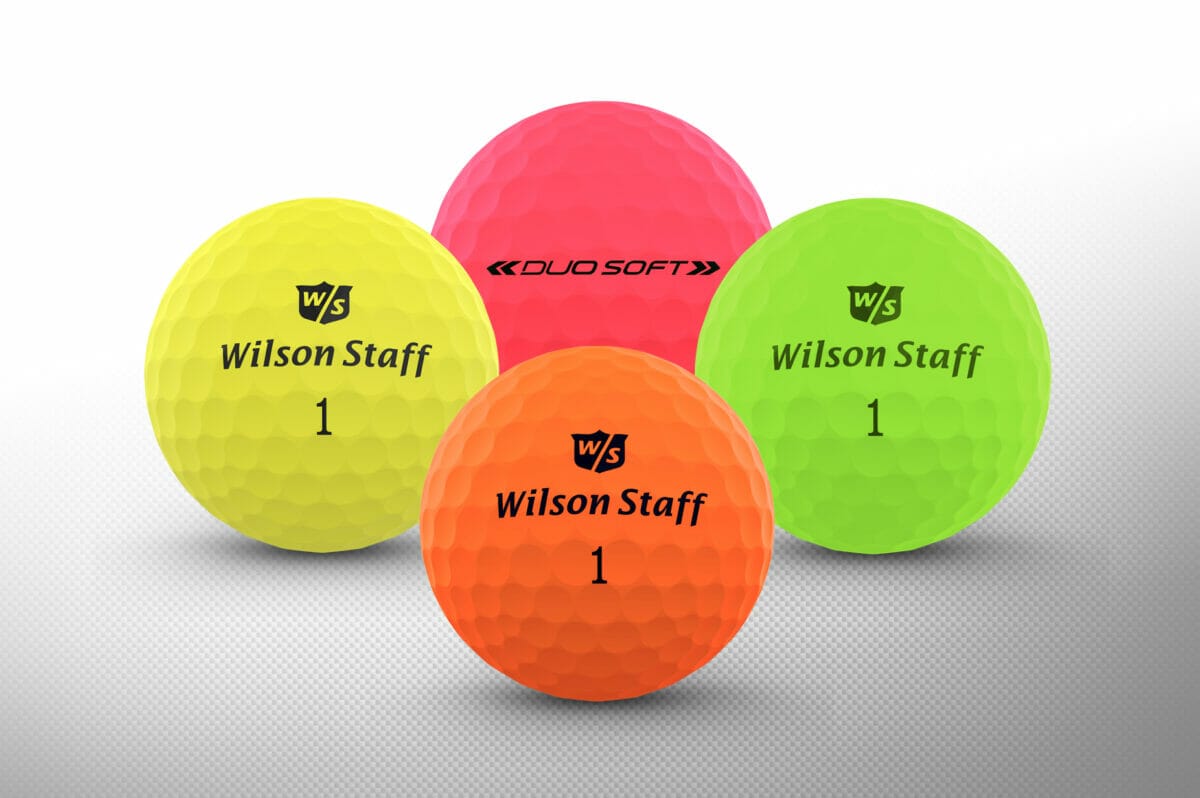How many of us have considered with any degree of depth the playing properties and evolution of the humble golf ball? From the earliest days of the romantic feathery right up to the space age-engineered projectiles of the 21st century, the story of the golf ball is the story of golf. Golf balls have improved enormously over the last 40-years but since scientists discovered that the key to playing good golf was achieving an ‘optimum ball spin rate’ (only 20-years ago), the improvement has been turbo-boosted to the extent that choosing the ‘correct’ ball has become as important as choosing the ideal golf clubs.
There are basically two types of balls, soft ones for control and hard ones for distance. If your tendency is to slice or hook; you need a low-spin ball that you can control. If you hit the ball reasonably straight but short, you need a hard, distance ball to get you further down the fairway. Soft balls provide better results around the green but ‘lose’ distance off the tee. Harder balls fly further but make ‘touch shots’ more difficult. As a general rule, low handicappers have a bigger need for more touch. They should play a soft ball. High handicappers need more distance; they should play a hard ball.
When spin-rates drop too much balls cannot sustain the lift to maintain carry and distance. If there is too much spin, the ball won’t fly straight. The only way to find out what spin rate you apply when striking a golf ball is to subject yourself to a computerized launch monitor or Trackman test with a golf professional. The result will be so informative that it will help you to select the brand and type of golf ball and golf clubs that will assist you to play to your optimum potential more often. Ask your friendly golf pro about it.
For four hundred years, golf was a small, regional game confined to the East Coast of Scotland. The primary reason was because there were not enough golf balls for the game to spread very far. The earliest golf balls were extremely expensive to manufacture, and the unique craftsmanship required was not something that could be easily passed on. Boiling ‘a top hat full of goose feathers’ and stuffing them into a stitched-up piece of pigskin was not an attractive way to earn a living.
By experimenting with the protective packing of some latex shavings from Gutta Percha trees that were sent to him in the contents of a crate from the Malaysian Peninsula, a penniless, Divinity student at St. Andrew’s University, Rob Paterson, accidentally discovered the gutta percha golf ball in 1845. Almost as soon Young Paterson boiled the rubber-like substance to mold replacement soles for his worn-down shoes, he was further inspired to put the leftover rubber to a more exciting use by making his own golf balls.
Paterson graduated to the Ministry and immigrated to do ‘missionary work’ in the USA and was never heard of again. Before departing, he gave his experimental golf balls and still unpatented idea to his half-brother, John Paterson, who had the foresight to begin working on improving the quality and performance. The first thing he noticed was older, scuffed up balls flew better than new, perfectly smooth ones.
Soon, a one-man marketing campaign began in earnest. John named his ball ‘Paterson’s Composite-Patented’ and began hawking them around St. Andrews and Musselburgh. A brief ‘industrial war’ with Allan Robertson, the principal feathery maker, ensued but the minute that Robertson’s assistant, Old Tom Morris, gave the guttie his endorsement and began using it – there was no stopping it and, because the new ball was so easy and cheap to mass-produce, the game was at long last in a position to expand rapidly.
From a parochial pastime, played exclusively by the wealthy in Eastern Scotland, golf became a rapidly expanding global sport. Within five years, the lively guttie had obliterated the difficult to manufacture and expensive feathery and within fifty years golf had become popular not only all over the British Isles but in France, India, Australia and the United States.
The next big change came at the end of the 19th century; Coburn Haskell invented what was rather disparagingly called the ‘American ball.’ This was a rubber-cored ball that was cased in tightly wound India rubber thread (elastic) and coated with gutta percha. Once again there were litigious disputes over patent rights, but the Haskell ball was the hottest thing yet and it survived until the 1970s when newer kinds of synthetic balls were developed. These synthetic balls were of noticeable, better quality. They looked whiter, held their shape better, flew further and lasted longer.
The Haskell ball gave golf in the USA a huge impetus and soon hundreds and hundreds of golf ball manufacturers with the most imaginative brand-naming ideas entered the fray with aggressively marketed products named: Agrippa, Bounding Billy, Beldam, Challenger, Climax, Eclipse, Fly-Rite, Goblin, Governor, Gravitator, Harlequin, Longway, Pimpernel, Red Comet, Silver King, Sturdie, Sphinx, Tenupandtentoplay, Thunderbolt, White Flyer, Warwick, Why Not, ZBZ and hundreds more, each and every one of them claiming to fly further and further.
To be brutally honest the latest generation in a long line of golf ball species travels so far when struck properly by the highly trained, super-athlete of today that it is ruining the game. But that is another story!























Leave a comment